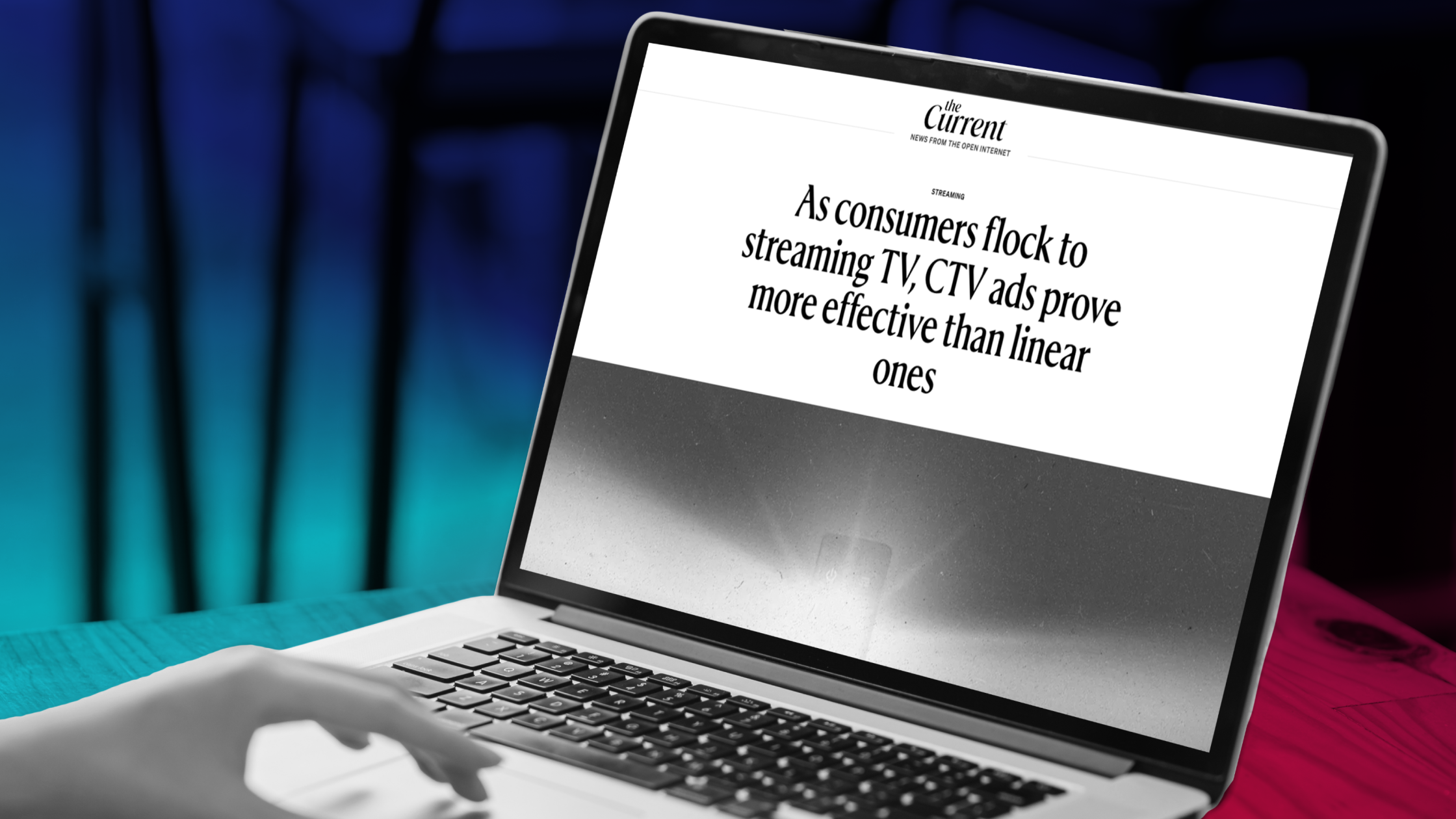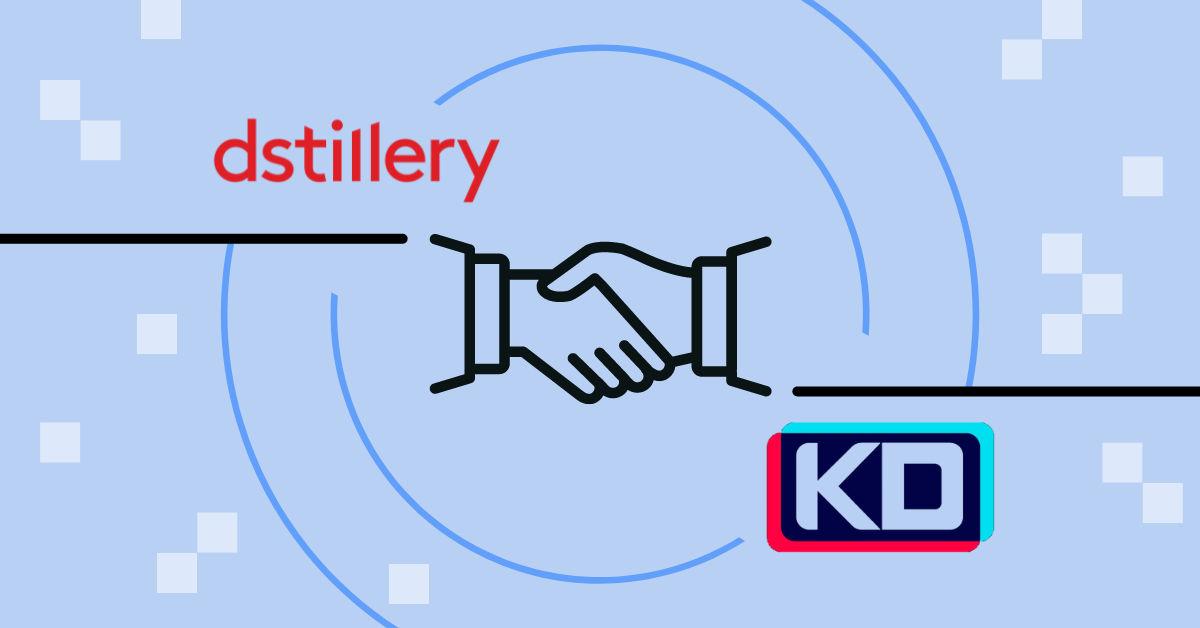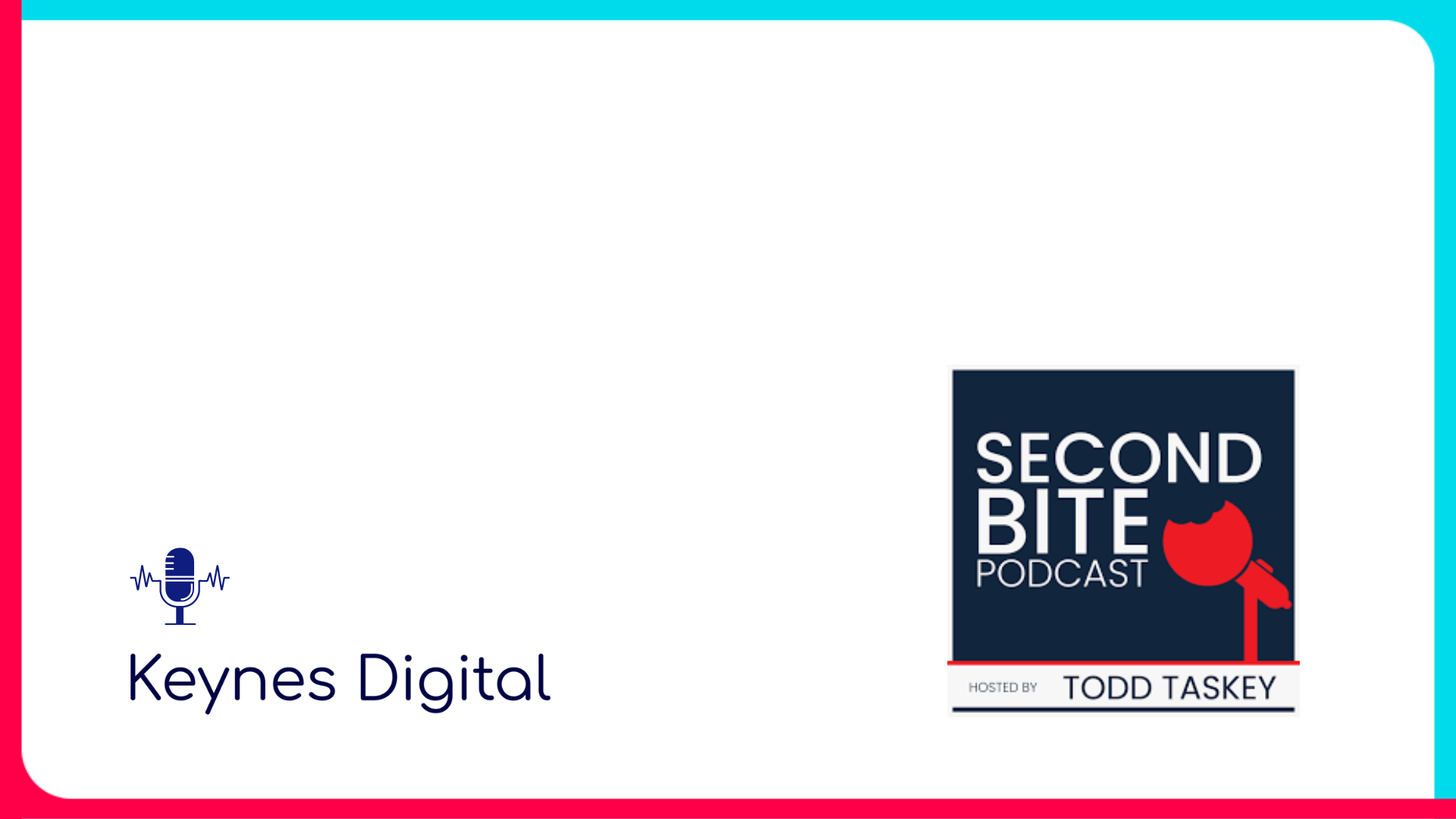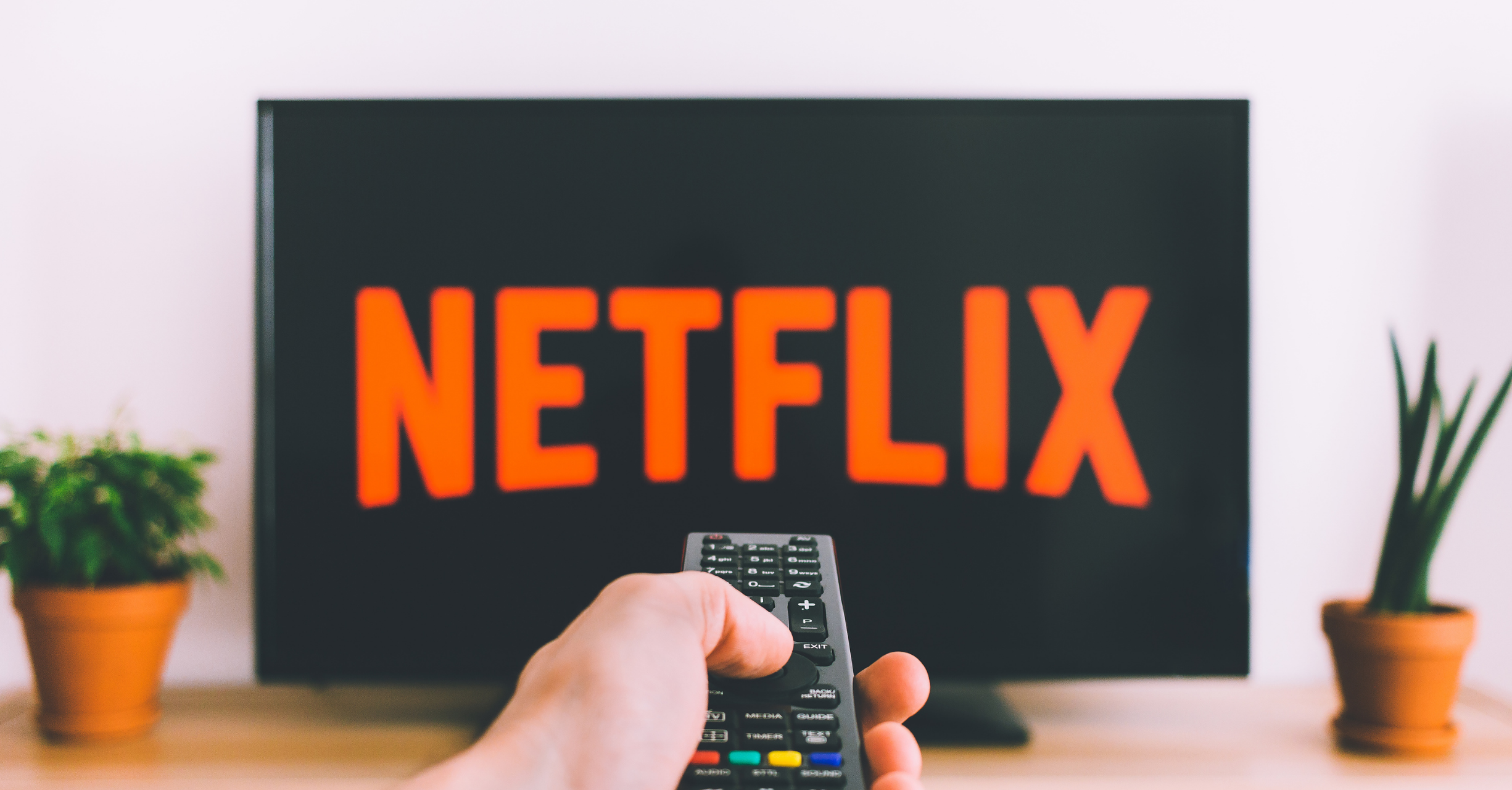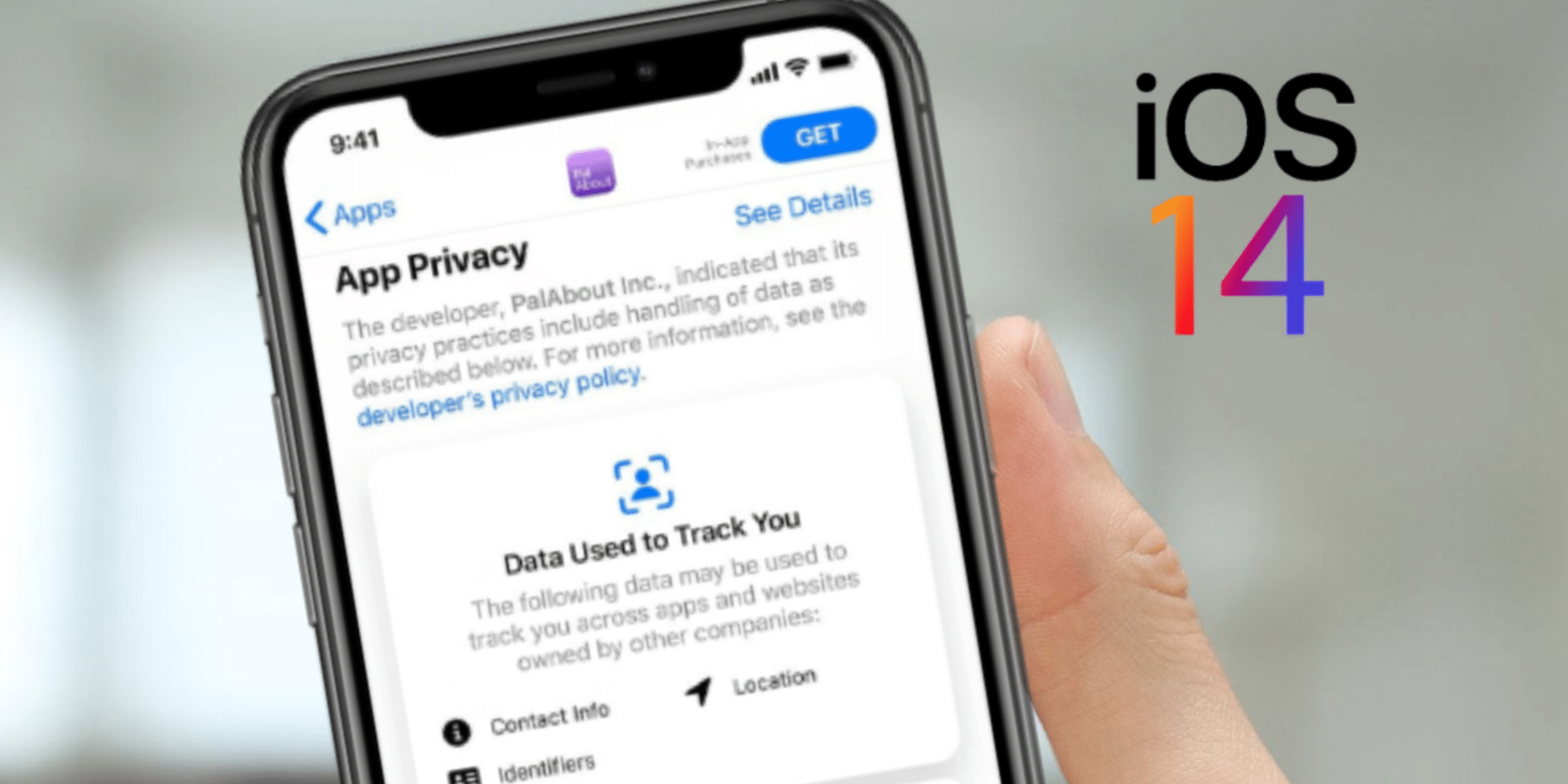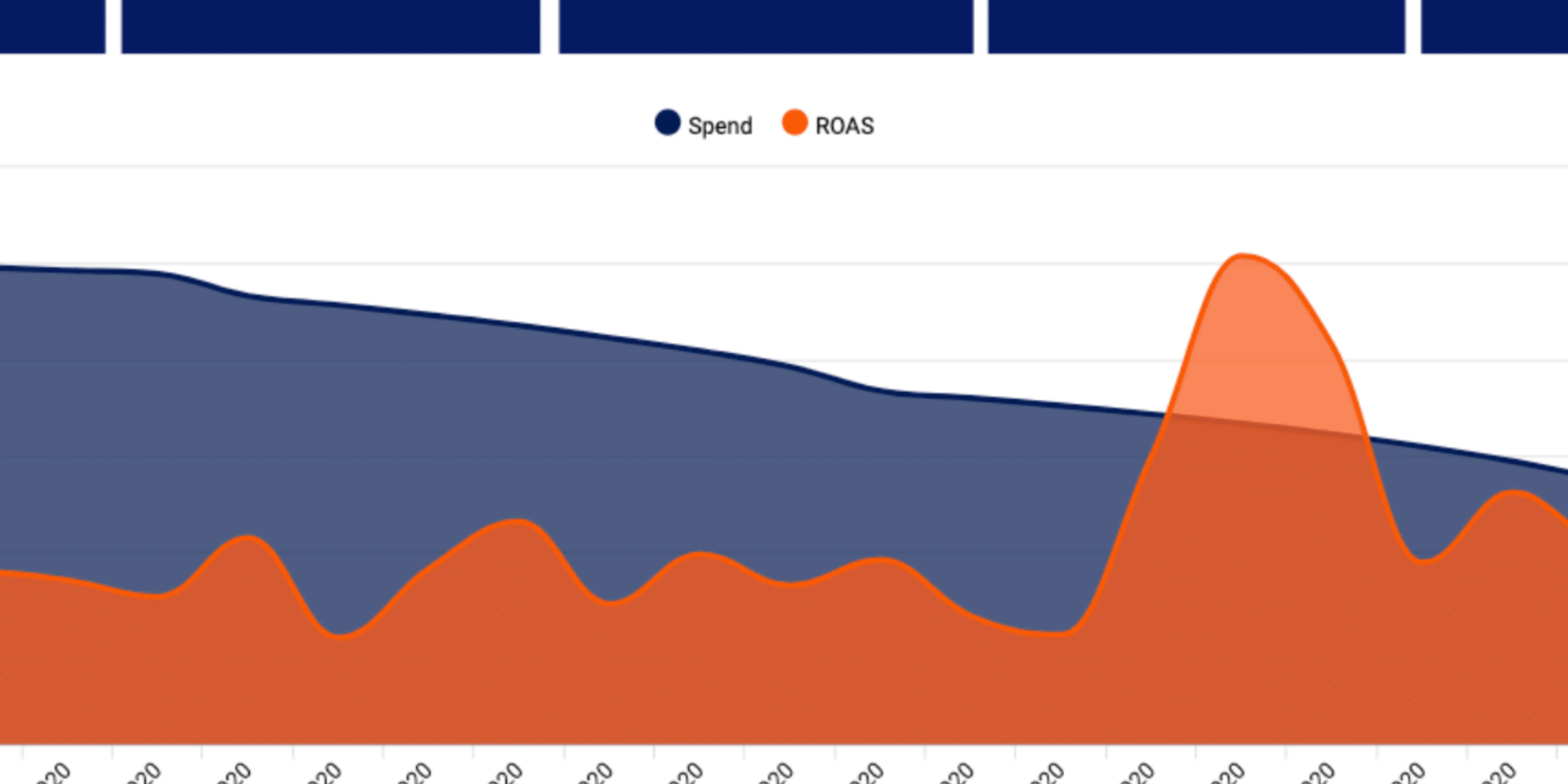What Is Performance TV Advertising?
Performance TV advertising is the method of delivering ads to the targeted audience. Furthermore, it also keeps track of the results of those campaigns. Hence, it’s a powerful performance channel.
How Does Performance TV Advertising Work?
It’s very important to ask your connected TV agency how they track a user’s journey on a connected TV. Cross-device technology is the best way to determine your customer’s online journey. An IP address is often interlinked with cross-device technology, but as the Media Rating Council (MRC) states in their Cross-Media Audience Measurement Standards, “Certain identifiers are considered of insufficient quality, granularity, or stability to form the basis of developing audience-based ‘uniques’, such as IP address”.
To add to this, the Coalition for Innovative Media Measurement (CIMM) also claims that “[IP address] is most useful for household-level matching”.
Cross-Device Technologies
When an ad is delivered to a connected TV advertising platform, it ingests billions of tracking events or “triggers”, such as cookies, email addresses, mobile numbers, landline numbers, ISP, online purchase behavior, offline purchase behavior, home address, device IDs, browser trends, IP address, plus several other tracking events. These data points are tracked and used to build out device graphs. Keynes uses the four industry-leading cross-device technology companies:
- LiveRamp
- AdBrain
- Oracle
- TapAd
Connected TV Advertising Growth
Connected TV is growing exponentially, and the pandemic has boosted its growth further. Let’s have a look at the connected TV advertising statistics.
According to the Statista Research Department, the advertising revenue of Hulu was expected to increase by 34.5% in the United States. Overall, connected TV advertising is expected to grow by 40.1% in the U.S.
The connected TV advertising spending is increasing continuously to previously calculated figures. OTT was forecasted that 208.1 million people would use the internet through such a device in 2021. Later on, this figure was revised and upgraded to 231.7 expected users.
The US connected TV advertising spend is predicted to rise from $174.4 billion to $19.10 billion in 2022. Advertisers are spending more and more money to get the attention of their targeted users. The connected TV advertising spending will reach $30 billion by 2025.
Connected TV Advertising Trends
Mobile was considered an enemy by a connected TV agency. However, it has been proved that mobile will help marketers achieve their performance TV goals faster when paired with connected TV advertising.
Customers now prefer to use OTT (Over-the-top) devices like game consoles and smart TVs so that marketers can take advantage of multi-screens.
It has also become possible to do personalized marketing by analyzing customers’ basic demographics and buying behavior.
What is Connected TV?
Connected TV is a collective term used for devices linked to the internet and allows users to consume television content. It includes Smart TVs, gaming devices, mobile/computer streaming, Over-the-top, and consoles.
Connected TV ads are becoming extremely popular because of their wide range of benefits. It helps to display customized ads on a big screen without spending a fortune.
Besides, performance TV advertisements enhance reach and engagement and deliver the content to the targeted audience.
Even in the U.S., more than 50% of the population have connected TV devices in their home. As the audience of connected TV is increasing, so are its benefits. Here are a couple of examples of performance TV advertising agencies:
Keynes Digital
Keynes is your full-service audience and performance-focused programmatic advertising partner. We deliver trackable results for brands and agencies across connected TV and digital platforms. It made programming quite easy and utilized the best technologies to increase ROI.
MNTN
MNTN is a self-driven advertising company that helps brands and agencies convey their message to target customers. Its connected TV ads are, too, shown through ad-supported programs.
How Does Connected TV Advertising Work?
Connected TV advertising has multiple levels of auctions, each having its price range and access.
The programmatic pipelines have a collection of high-caliber advertisers and publishers. It even provides access to creative formats that creative specs to follow to be served programmatically. The creative formats included display, connected TV, native audio, and video.
Traditional TV advertising is done for awareness-based campaigns. Combined with connected TV, it further proves performance TV advertising by increasing the reach of television and results in a highly engaged audience.
Connected TV Advertising Platforms
There are different types of connected TV advertising platforms such as:
- Amazon Firestick
- PlayStation
- Apple TV
- Xbox
- Roku
How to Track TV Advertising?
TV ads are commonly measured through gross ratings. When an ad is shown to one target audience, it gets one point rating. For instance, if an ad is shown 5 times to 20 potential customers, the ad campaign will get 200 gross rating points.
Besides, some other TV advertising measurements are useful for small and large companies. It’s especially useful for small businesses to have a trial of their commercial’s effectiveness.
TV Performance Metrics
TV advertising metrics are very different from those used in display advertising. Here we have briefly discussed the three common metrics that are used to measure the reach of connected TV advertising:
Cost Per Acquisition (CPA)
CPA is a strong metric that gives you an idea about the total cost of a customer completing a specific action. This action could be anything depending upon your marketing goals like lead, purchase, click, or other options.
Cost Per Visitor (CPV)
CPV gives you an estimation of the amount spent on each visitor. It is different from ROAS and helps you check out the effectiveness of ad campaigns.
Cost Per Completed View (CPCV)
As its name reveals, it allows you to pay only when your customer has finished watching a video. A low CPCV means your ad campaign is going great and vice versa.
Return on Ad Spend (ROAS)
Return on Ad Spend is the simplest equation. It is a key performance indicator (KPI). To find ROAS, you divide the profit of your ads over the cost of the ads. ROAS depends on various factors like cost per click (CPC), industry, and profit margin.
Connected TV Advertising Examples
The best-connected TV ads for performance TV are always concise, crispy, and to the point. Let’s look at the highest-ranked commercials on Keynes’ TV commercial reviews page and figure out why these got the maximum points.
1. Gearing Up: Special Offer
It is on the top with a 9.7 rating. Why? It has a short duration (14 seconds), has outstanding visuals, and looks professionally made.
TV commercial review found HERE.
2. Share Wedding Details With Wedding Guests
This video features a highly easy-to-use wedding app. that lets you quickly share the wedding details with your guests. This video is 15 seconds, and its first 2-3 seconds are highly engaging attracting the viewer’s attention.
TV commercial review found HERE.
Connected TV Advertising Best Practices
The connected TV advertising best practices can further strengthen your campaign and increase the profit margin by creating performance TV advertising. Want to know about those effective practices? Scroll down!
Determine Your Strategy
Firstly, you should be clear about what you want to accomplish through the connected TV ad. Add a simple story in the ad, evoke emotions, and demonstrate how it can positively impact your customer’s life.
Don’t forget to address your user’s pain points so they can resonate with your content.
Follow some tips for your video assets
Have a look at these formatting tips:
- Keep your ad as short as possible, and a 15 to 30 seconds duration is ideal
- It should be easy to remember
- Your visuals should be eye-catching with a rich color palette. This way, you will be able to get the user’s attention.
- Be creative and add a direct call to action (CTA)
- Also, consider the frequency of your ad campaign. Keep in mind that repetition will make your audience frustrated and bored.
An action-driven and user-friendly content will result in enhanced engagement, better reach, and high ROAS.
Don’t forget to test your ad
Keynes offers a free tool to test if your video assets meet TV ad specifications.
Use our CTV Spec Check HERE.
Connected TV Examples
Here are how Hulu determines how you will pass overall TV specs.
- Duration
- Format
- Width-Height
- Bit Rate (General, Video, Audio)
- Frame rate
- Sampling rate
- Channel Stereo Mix
As a reminder, Keynes offers connected tv advertising best practices to follow to make this commercial a performance TV channel:
- Does your video look professional or not?
- Is it easy to remember?
- Is it crispy enough to share with friends?
- Is it a direct response or branding?
Industry Expert Insights
We are your high-touch, performance-focused streaming TV and programmatic advertising partner. Our team of experts and a one-of-a-kind data-driven platform connects you to the best streaming TV marketing strategies.









